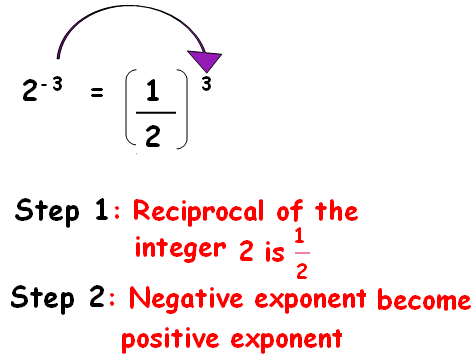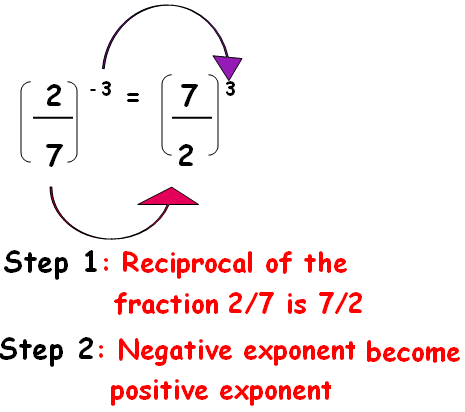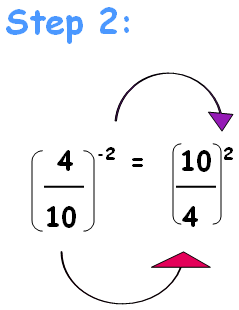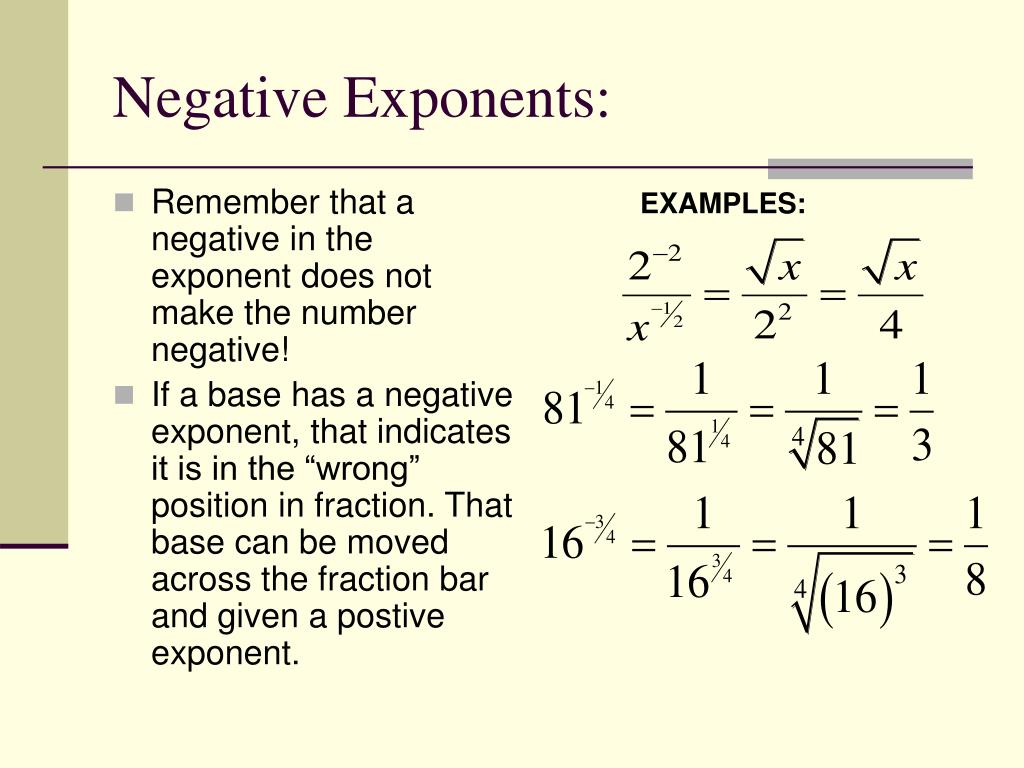Do you hope to find 'how to write a fraction with negative exponents'? Here, you will find all the stuff.
To convert a antagonistic exponent, create letter a fraction with the number 1 every bit the numerator (top number) and the base number equally the denominator (bottom number).Raise the basal number to the power of the same exponent, merely make it positive.3 − 3, 5 − 2, {\displaystyle 3^ {-3},5^ {-2},} and 7 − 4 {\displaystyle 7^ {-4}} are at present 1 ( 3 3), 1 ( 5 2), {\displaystyle {\frac {1} ...This process is familiar as the counter exponent rule.
Table of contents
- How to write a fraction with negative exponents in 2021
- Dividing exponents
- Negative exponents examples
- How to simplify fractional exponents
- How to simplify negative exponents
- Fractional exponents
- 2 to the power of negative 1
- How to solve negative exponents
How to write a fraction with negative exponents in 2021
 This picture shows how to write a fraction with negative exponents.
This picture shows how to write a fraction with negative exponents.
Dividing exponents
 This image representes Dividing exponents.
This image representes Dividing exponents.
Negative exponents examples
 This picture illustrates Negative exponents examples.
This picture illustrates Negative exponents examples.
How to simplify fractional exponents
 This picture representes How to simplify fractional exponents.
This picture representes How to simplify fractional exponents.
How to simplify negative exponents
 This image demonstrates How to simplify negative exponents.
This image demonstrates How to simplify negative exponents.
Fractional exponents
 This image demonstrates Fractional exponents.
This image demonstrates Fractional exponents.
2 to the power of negative 1
 This picture shows 2 to the power of negative 1.
This picture shows 2 to the power of negative 1.
How to solve negative exponents
 This image illustrates How to solve negative exponents.
This image illustrates How to solve negative exponents.
What does the-1 / 3 exponent mean in fractions?
Direct link to reliew's post “The -1/3 exponent means take the third root of the...” The -1/3 exponent means take the third root of the reciprocal. So remember that any number when divided by 1 is equal to the number itself. The negative exponent means take the reciprocal, or flip the fraction, so,
How to calculate the power of a fractional exponent?
The base 2 raised to the power of minus 1/2 is equal to 1 divided by the base 2 raised to the power of 1/2: 2 -1/2 = 1/2 1/2 = 1/ √2 = 0.7071 The base a/b raised to the power of minus n is equal to 1 divided by the base a/b raised to the power of n:
What does the negative exponent of a fraction mean?
The negative exponent means take the reciprocal, or flip the fraction, so, ((-27)^-1/3) / 1 = 1 / ((-27)^1/3), and the negative exponent is now a positive exponent.
How to calculate negative exponents for base 2?
How to calculate negative exponents. The base b raised to the power of minus n is equal to 1 divided by the base b raised to the power of n: The base 2 raised to the power of minus 3 is equal to 1 divided by the base 2 raised to the power of 3:
Last Update: Oct 2021